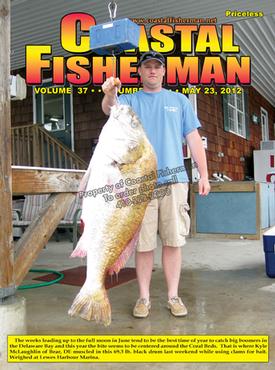


Article by Pat Schrawder
 Three New Features in GPS/Plotters
Three New Features in GPS/Plotters
It’s not often that manufacturers come out these days with totally new products. Instead they develop enhancements to those already on the market. And so this season we are seeing three such features starting to become popular. The first is the “built-in” or “internal” GPS antenna.
At first glance, you would never notice the change. There is nothing that sticks out of the display unit. This small change saves a lot of time in installation, however. There is no conventional mushroom shaped antenna on the top of the boat with wires running into the display. My experience with some of these is that they work pretty well, even on installations where the main unit is flush mounted. In spite of that, there must be some instances where signal strength is expected to be marginal since the manufacturers have also included an external antenna as an option.
Similarly, the advance of touch screen display units is increasing. The software operation of these appears to be very similar regardless of brand name. Some boaters feel this touch screen makes the unit easier to use but I find that to be a matter of personal preference. Like the internal antennas, the manufacturers must recognize the disadvantage of touch screen in some instances as they have mostly designed units that have a rotary or touchpad override. If you think about it, there are times when your hands are slopped up with bait, or the seas are very rough and you are having trouble just standing, let alone touching the right place on a screen. In addition, there are instances where the rotary knob is a faster way of adjusting items like range or gain.
The last of the three enhancements is the built-in chart cartography. Not all units use the same charting provider. For example, Garmin has its own, Simrad uses Insight Cartography and Furuno uses NOAA Raster Charts. People have different preferences on these. But just like the internal antennas and the touch screen displays, they have realized that consumers may still prefer a better and sometimes more detailed chart so most units now provide a way of accepting a chart card (SD chip, etc.) from a charting company like Navionics or C-Map to install in the display.
So how do these new features stack up? The jury is out on that as they are fairly new on the boating scene. Time will tell if these touch screens hold up over the long run and if the internal GPS antennas do a credible and consistent job for most areas in reliably picking up 3 or more satellites. Insofar as the built-in cartography, that is just a matter of choice.
One thing is certain; however, unless there are major technical problems that cannot be solved, these features will become standard in time. Right now they may cause the price of a unit to increase but that too will change.
Pat and her husband, Larry are owners of L&L Marine Electronics on Golf Course Road in West Ocean City, MD.